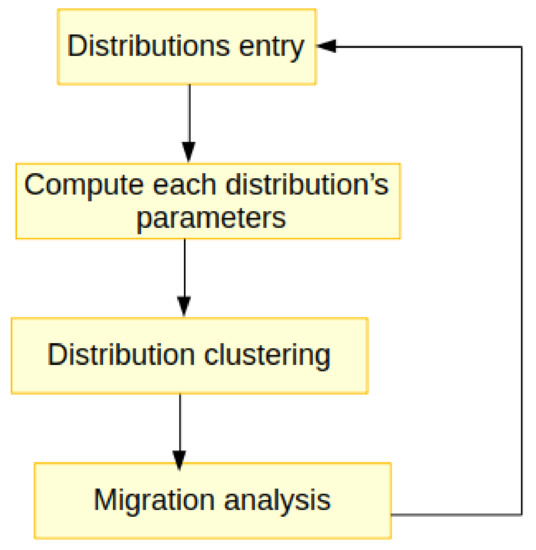Detecting Learning Patterns in Tertiary Education Using K-Means Clustering
Publicado: 17 febrero 2022 a las 2:00 pm
Categorías: Artículos
[responsivevoice_button buttontext=”Dale clic para escuchar” voice=”UK English Female”]
By Emmanuel Tuyishimire, Wadzanai Mabuto, Paul Gatabazi and Sylvie Bayisingize-
Abstract
We are in the era where various processes need to be online. However, data from digital learning platforms are still underutilised in higher education, yet, they contain student learning patterns, whose awareness would contribute to educational development. Furthermore, the knowledge of student progress would inform educators whether they would mitigate teaching conditions for critically performing students. Less knowledge of performance patterns limits the development of adaptive teaching and learning mechanisms. In this paper, a model for data exploitation to dynamically study students progress is proposed. Variables to determine current students progress are defined and are used to group students into different clusters. A model for dynamic clustering is proposed and related cluster migration is analysed to isolate poorer or higher performing students. K-means clustering is performed on real data consisting of students from a South African tertiary institution. The proposed model for cluster migration analysis is applied and the corresponding learning patterns are revealed. View Full-Text

Source
https://www.mdpi.com/2078-2489/13/2/94
Deja un comentario